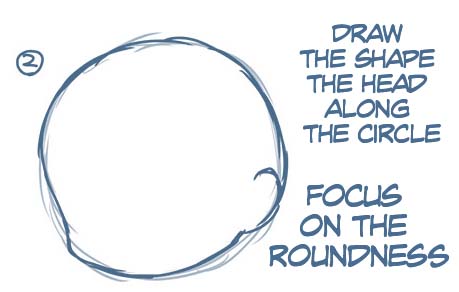
The angle of the hips, arching of the back, and positioning of the limbs can breathe life into a drawing of a person. “Gesture equals the rhythm of the body,” Dockery says. If you draw a side view, remember that the neck leans forward a little from the rib cage, and the ear begins halfway between the forehead and the back of the head. “In general,” Dockery says, “the wrist is going to line up with the pelvic bone, and the hand will build out underneath that.”ĭraw the neck as a cylinder. Go back up to the top of the rib cage, build out collarbones like bicycle handlebars. “For the feet, it’s often helpful to think about them as general triangle shapes,” Dockery says. Finally, the feet will end at the bottom of that seventh head length. The calves or the shins should be about midway through the sixth head down. “Observation is more important than using a system, and you don’t want everybody you draw to look the exact same.”įrom the top of the head, you can measure five heads down in a straight line, and start the knees a bit below that. “Remember that this varies from person to person,” Dockery says. The distance from the nose to the top of the head is the same as the distance from the nose down to the top of the rib cage.


The eyes tend to be slightly above the midpoint, and the tip of the nose ends halfway between the eyes and the chin. If you return your attention to the head, you can begin to sketch the facial features. The third head down lines up with the belly button, and the fourth lines up with the bottom of the pelvis. The underside of the pectoralis major, or the chest muscles, is about two heads down. If you draw a front view of a standing person and you start with the head, you can measure out the full length of the body as seven of those head lengths. “The basic proportion of the average person is seven heads tall,” Dockery says. The proportions of human bodies vary widely, but these basic rules can help you keep body parts to scale.

“Gesture is most important,” says artist Jonathan Dockery, “but we have to start with proportion.” To draw a human figure well, you have to understand proportion, gesture, and human anatomy. The basics of drawing people realistically.


 0 kommentar(er)
0 kommentar(er)
